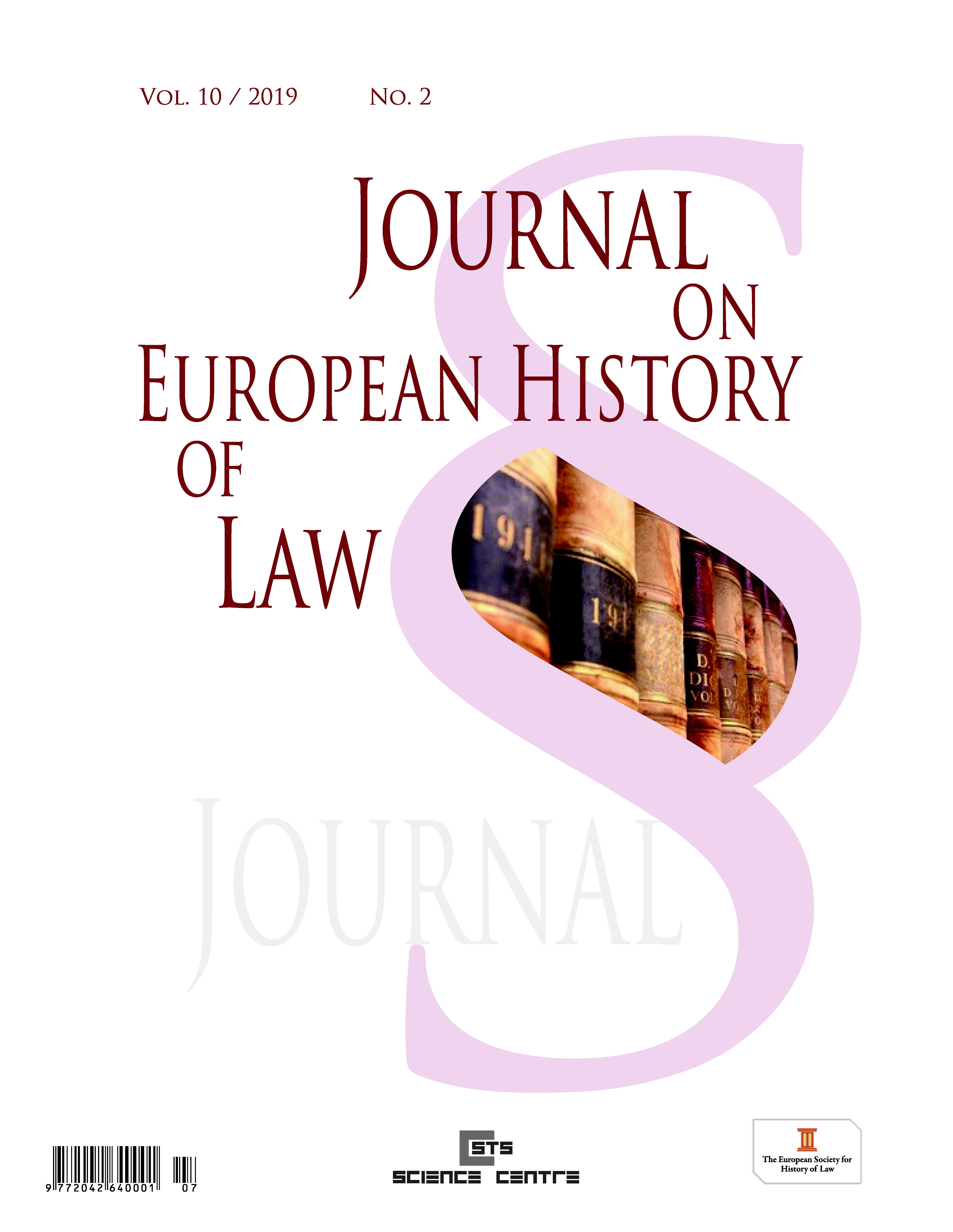On Stateform of Hungary between 1920 and 1944: Applicability of the Term „Monarchy without a King”
On Stateform of Hungary between 1920 and 1944: Applicability of the Term „Monarchy without a King”
Author(s): Péter TakácsSubject(s): History, Law, Constitution, Jurisprudence
Published by: STS Science Centre Ltd
Keywords: Stateform; constitutional history of Hungary; claim of Charles I of Austria (Karl I from the Dynasty Habsburg-Lothringen as emperor of Austria; Karl III as king of Bohemia; and Karl IV as king of Hung
Summary/Abstract: The official stateform of Hungary between 1920 and 1944 was „monarchy”. Since she did not have a king for a long time, however, it is often interpreted, even in academic analyses, in a way that it was, in fact, a kingdom with an unspecified monarch, viz. without a king that could have been determined. At the level of stateforms, this ambivalent situation of a „kingless kingdom” is expressed by the category „monarchy without a king”. Some legal scholars consider this category to be one of the particular variants of monarchy, while others argue that it might be conceived at a certain point on the scale between the two main types of stateforms, namely between monarchy and republic. This paper analyzes the origin of the term „monarchy without a king”, its meaning in public law and its interpretation within the framework of Hungarian legal history. In the latter respect, it raises the questions whether the term can be used to define and characterize the Hungarian stateform in the Horthy era, and if so, what specific meaning it conveys.
Journal: Journal on European History of Law
- Issue Year: 10/2019
- Issue No: 2
- Page Range: 138-148
- Page Count: 10
- Language: English
- Content File-PDF

